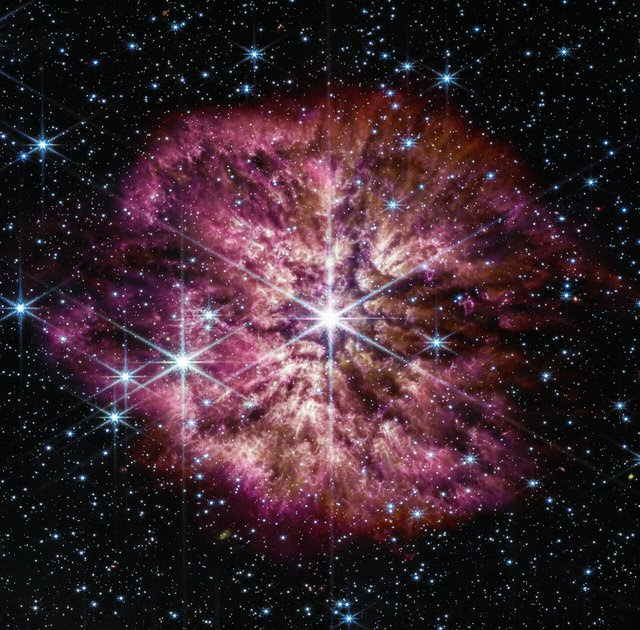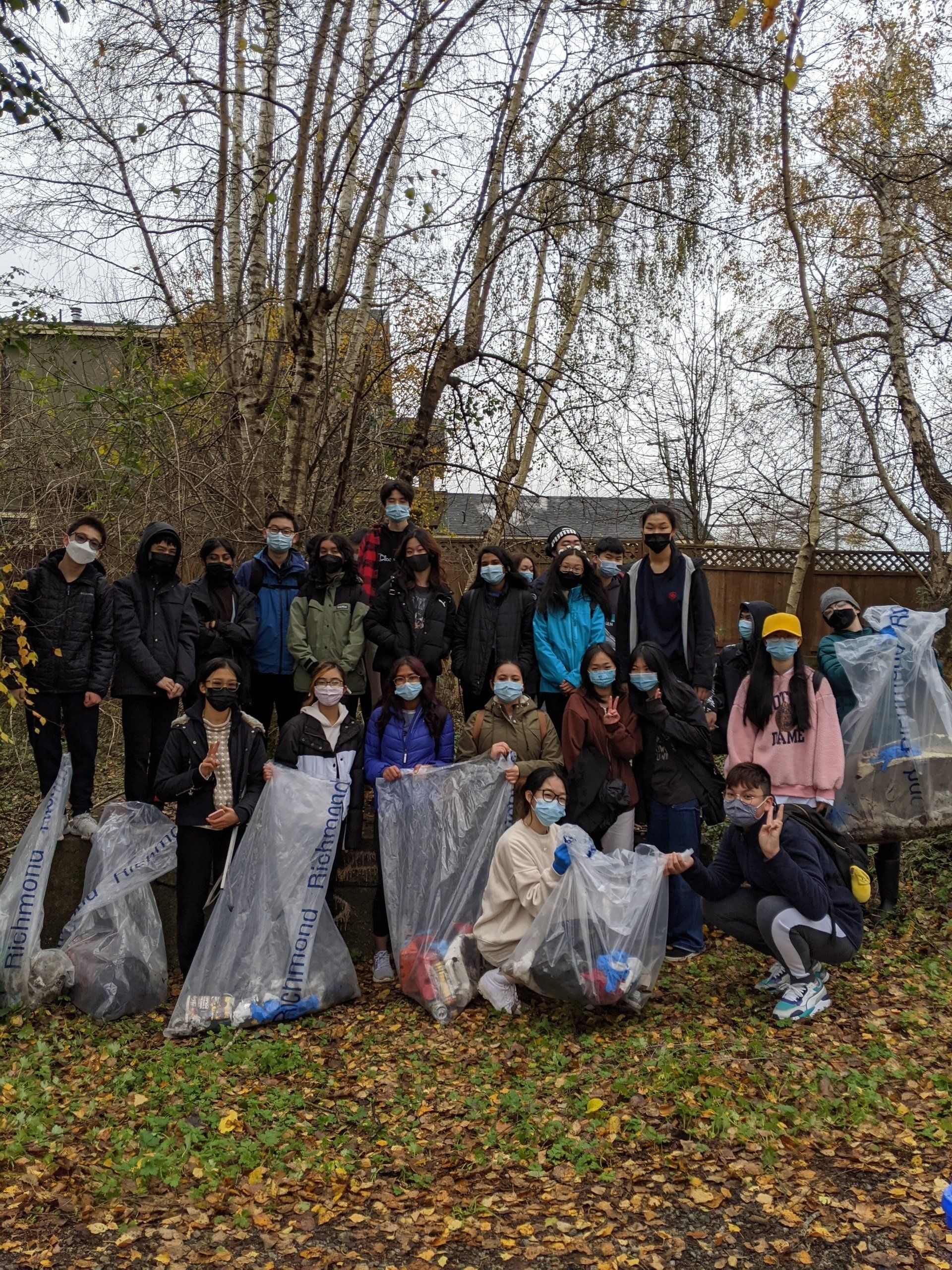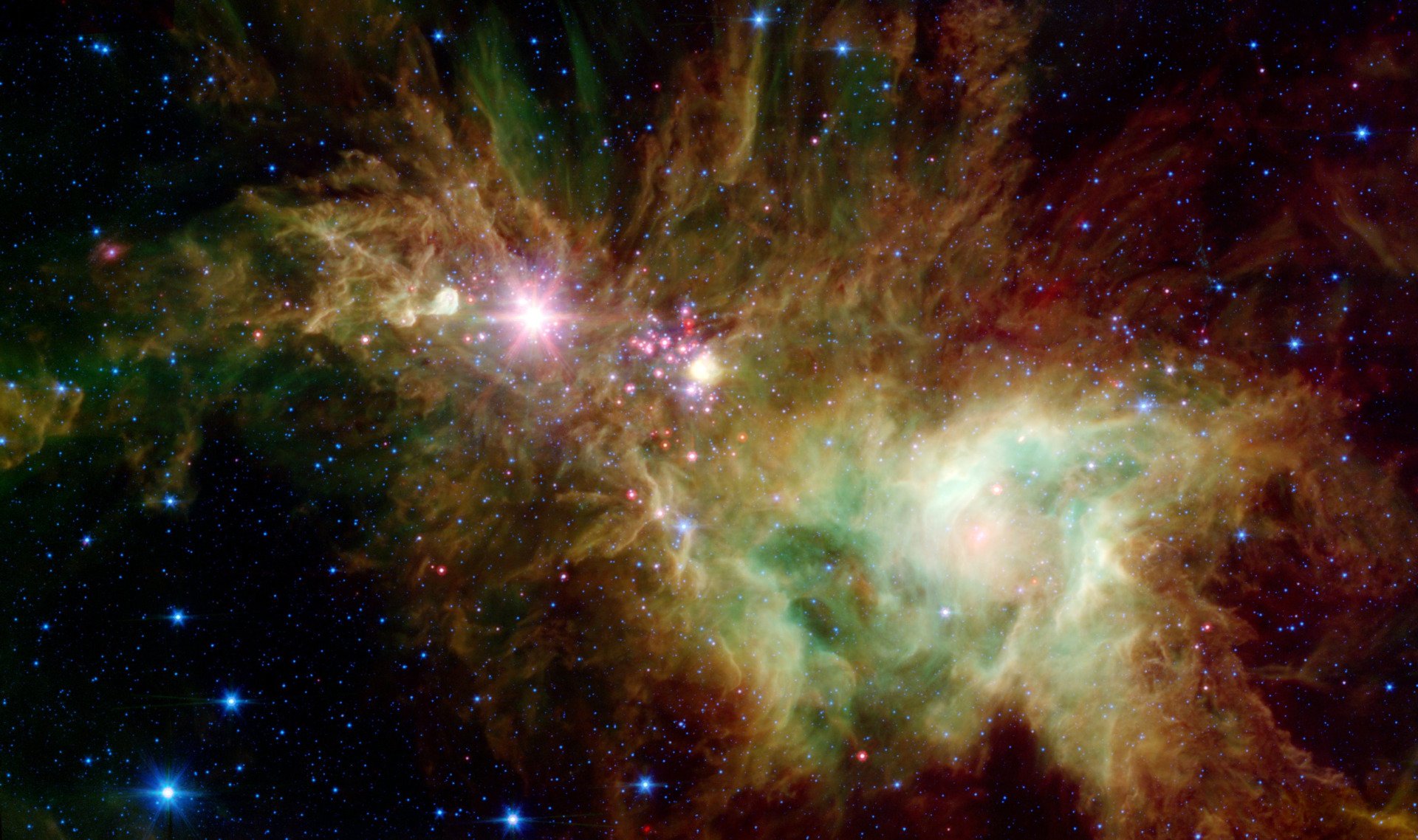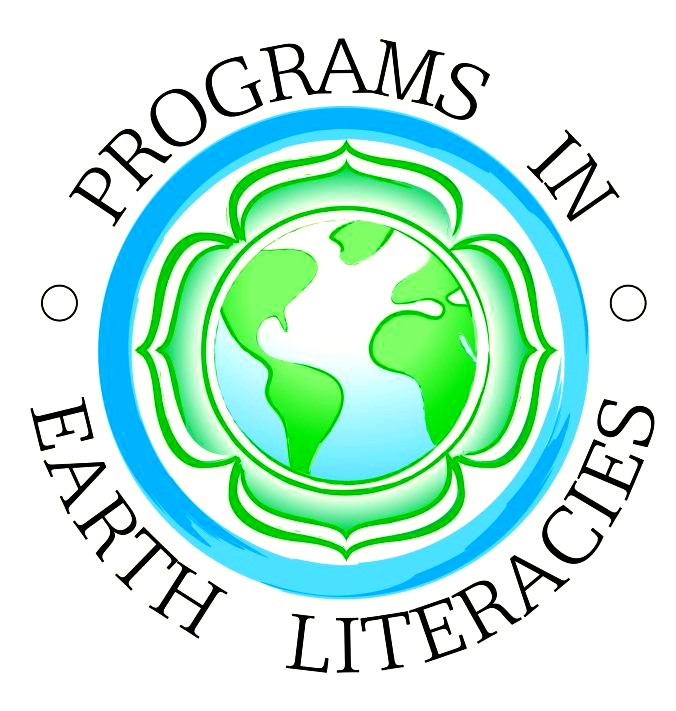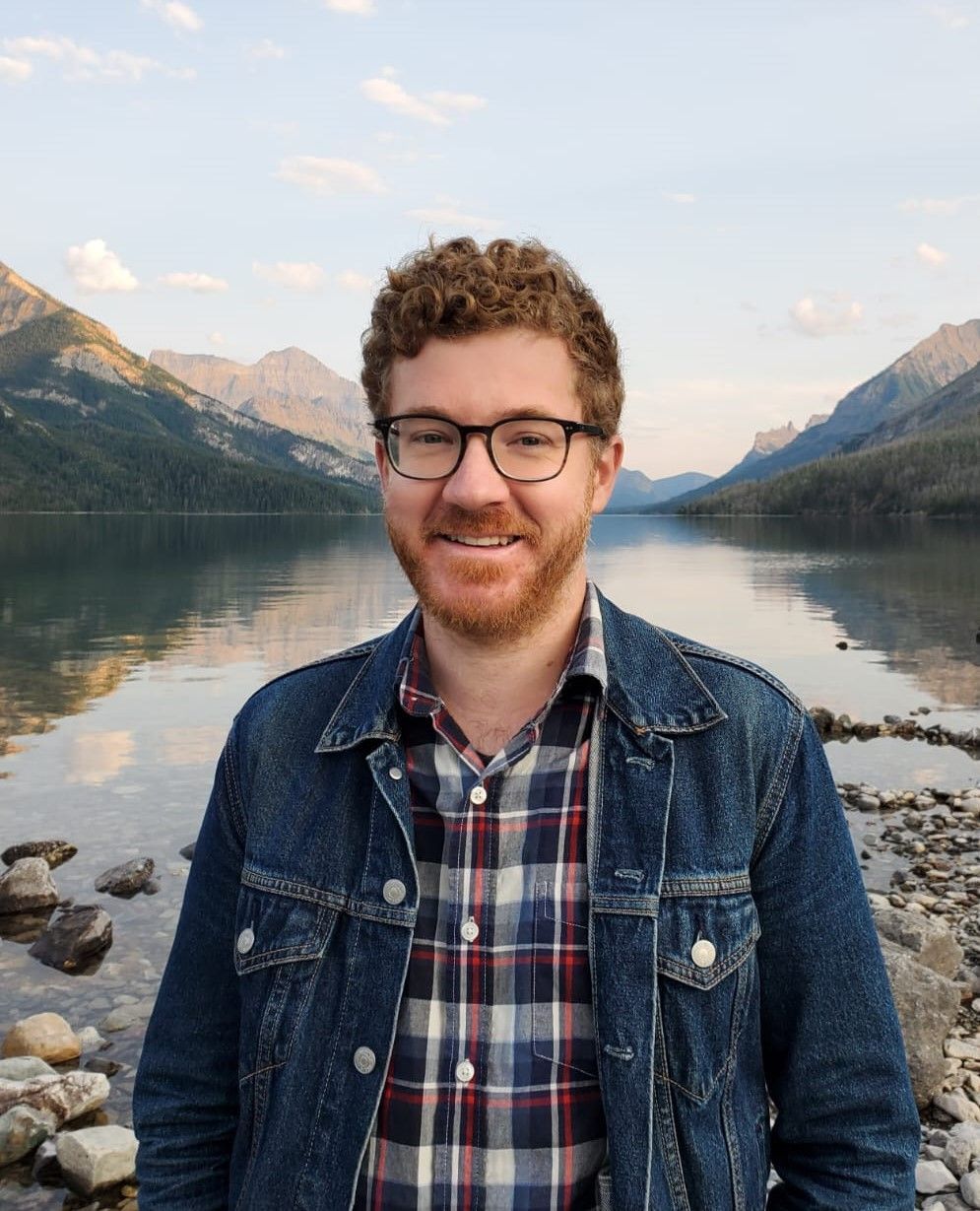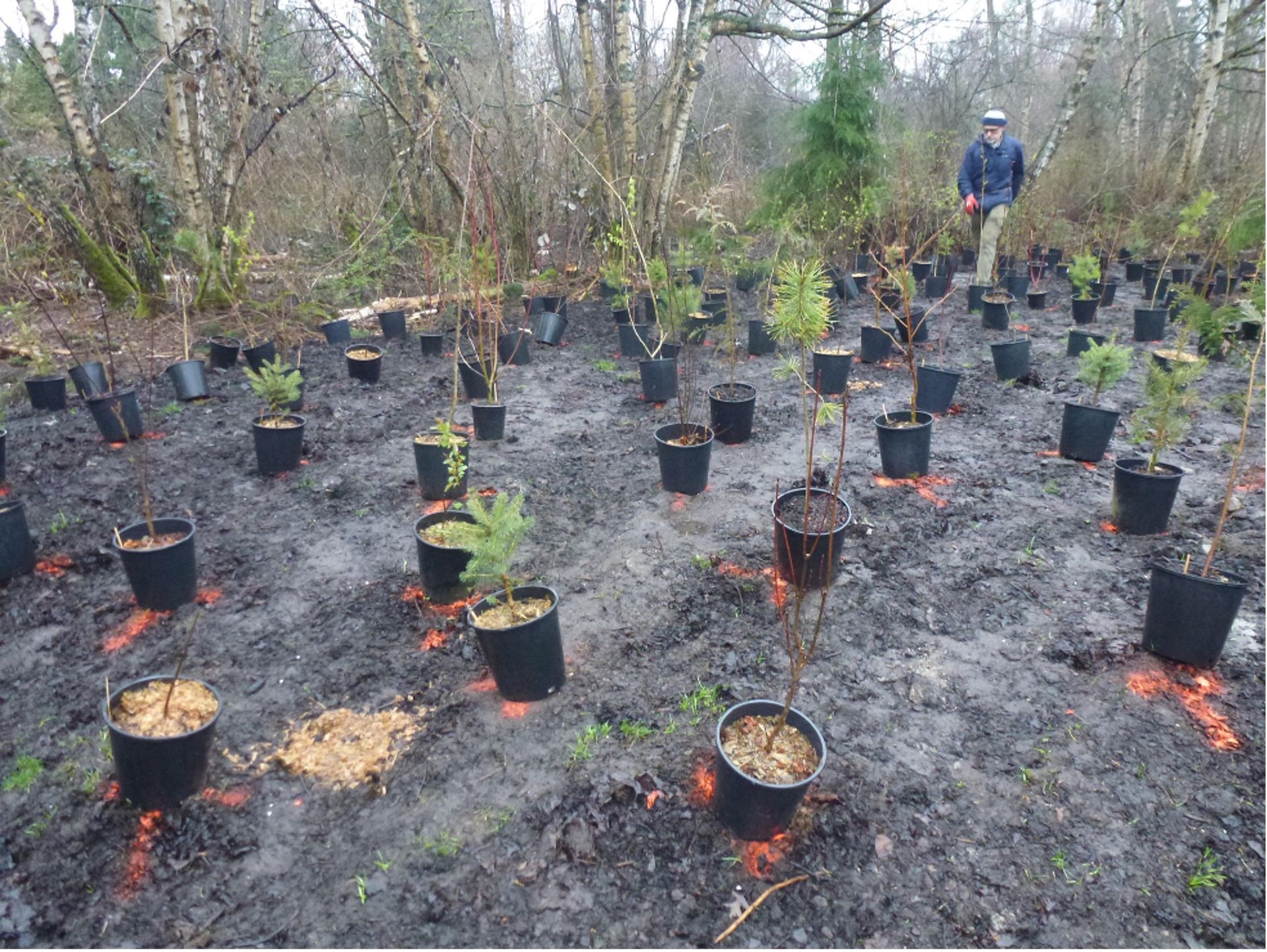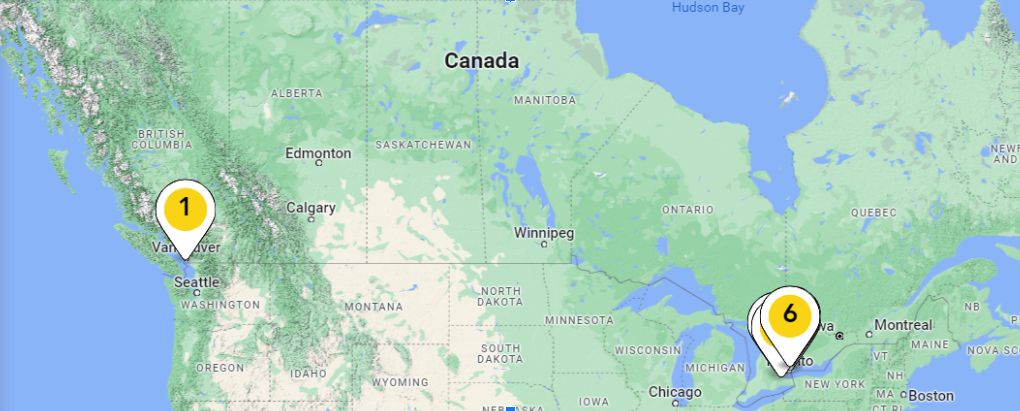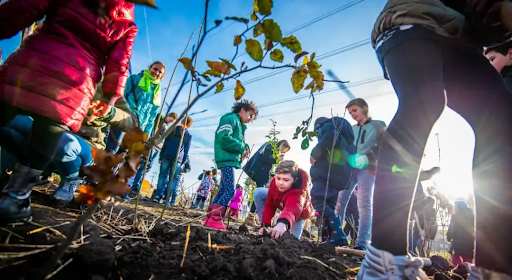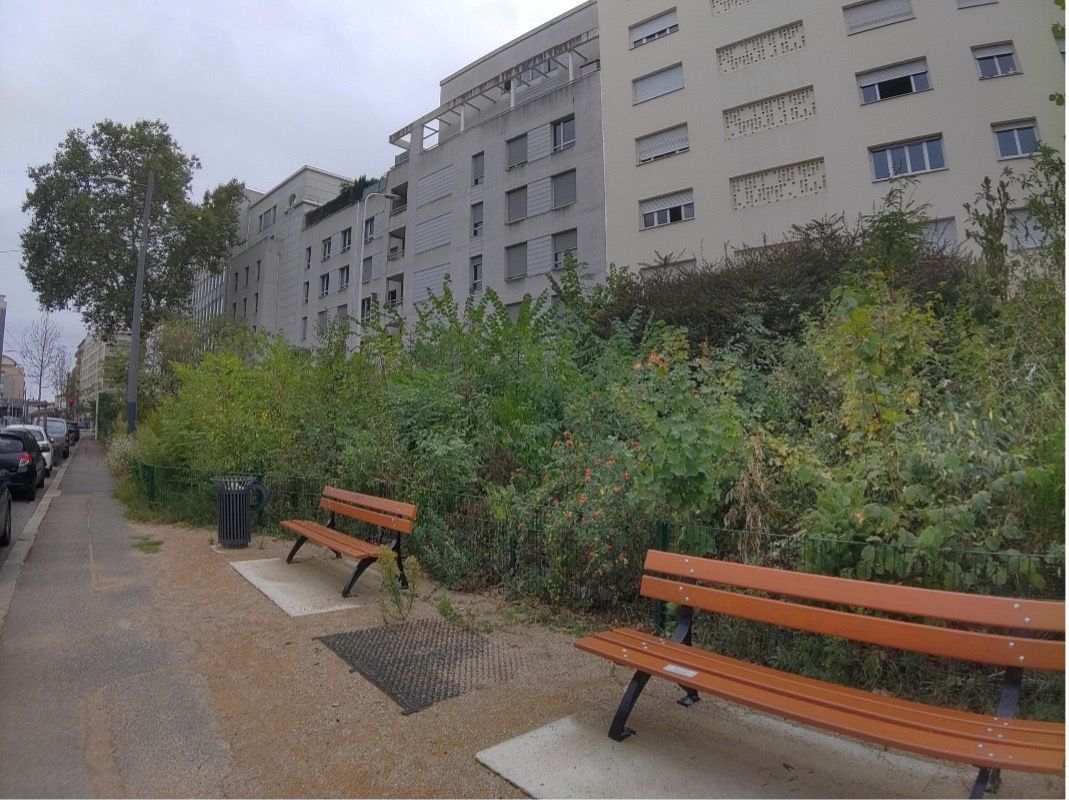Bio: Sean Steele is a writer, educator, musician, and academic. He holds an MA in the humanities from York University and a BA in philosophy and history from Concordia University. He is currently writing a PhD thesis that explores the emergence of the sacred within the context of secular music festivals. His scholarly writing has appeared in Arts and Humanities in Higher Education, The American Studies Journal, and The Journal of Unschooling and Alternative Learning. Sean works as the research lead for Seedlings Forest Education, an organization that provides outdoor educational programs for children. He is an outdoor enthusiast who loves to camp, hike and climb in the forests and mountains of Vancouver Island.
Journeying into Miyawaki Forests - Blog Post 2 - Growing up Together
Earth Literacies presents a new Earth Stories (blog) series exploring Miyawaki Forests
Journeying into Miyawaki Forests - Growing up Together | Blog Post #2
with Outdoor Educator Sean Steele
December 27, 2023
READ & WATCH BLOG POST #1 (if you haven't already)
When I found out that the organization I was helping to support didn’t get the grant to fund a Miyawaki forest on a small plot of land adjacent to a city park, I initially felt somewhat discouraged. But, almost immediately, I realized that this kind of news wasn’t about to take the wind out of my sails. The wind was just blowing in a different direction. Without the funding, the initial project I was hoping to get started was no longer possible. Intuitively, I knew that the time wasn’t right. There was too much to do within the timeframe to realistically see the project through over the next year. This initial project was not abandoned; it was just put on hold for the upcoming year.
Creating a new Miyawaki forest has, from the beginning, felt like a dream. All dreams, however, are grounded in reality. Dreams grow from the soil of what is happening and what is possible. When we dream, we project a possible future out into the world to see how it feels and to imagine how we might feel working to inhabit that world. There is, however, a balance between dreaming up what may be possible and practically working toward realizing the actual spaces that will make up the dream.
Helping to organize and plant a mini-forest on a tiny plot of land is hardly a possible future, but it points toward the kind of city I want to live in. It’s a step in a direction I find both exciting and accessible. It’s a direction toward the type of city interested in taking advantage of green spaces and preserving new spaces where wild things can grow. Spaces where children can feel the soil, observe and nurture new growth, and feel more connected to the places they live. Although I knew that the original vision of the Miyawaki forest was temporarily on hold, I still wanted to be part of a group of people taking a step toward helping to create, and live in, this kind of city.
For several weeks I had been in touch with a group of teachers and parents at a local school who were similarly interested in mapping out a project plan to plant a Miyawaki forest. We had shared a few resources via email, and the people I communicated with seemed similarly excited by Akira Miyawaki’s sensible approach to densely planting trees and shrubs which become self-sustaining forests within a few years. With the wind blowing in a new direction now that the initial plan was on hold, I realized that the best course of action was to join this group of teachers and parents.
I sent them an email explaining my situation. The response was quick and enthusiastic. The wind has carried me from one project plan to another. I will now be helping this group in their efforts, working as a volunteer in whatever capacity might be needed. I’m not easily discouraged, so we will find out what the new future of my involvement in the creation of a Miyawaki forest will look like. For now, I continue to dream of living in a city where there are wild places growing everywhere.
For the latest blog submissions to Earth Stories from Sean, as he documents his Miyawaki Forest Journey (and how you might do the same in your 'backyard'), check our Earth Stories Blog every couple weeks and / or subscribe to the Programs in Earth Literacies Newsletter where new articles will be posted and delivered via email.

